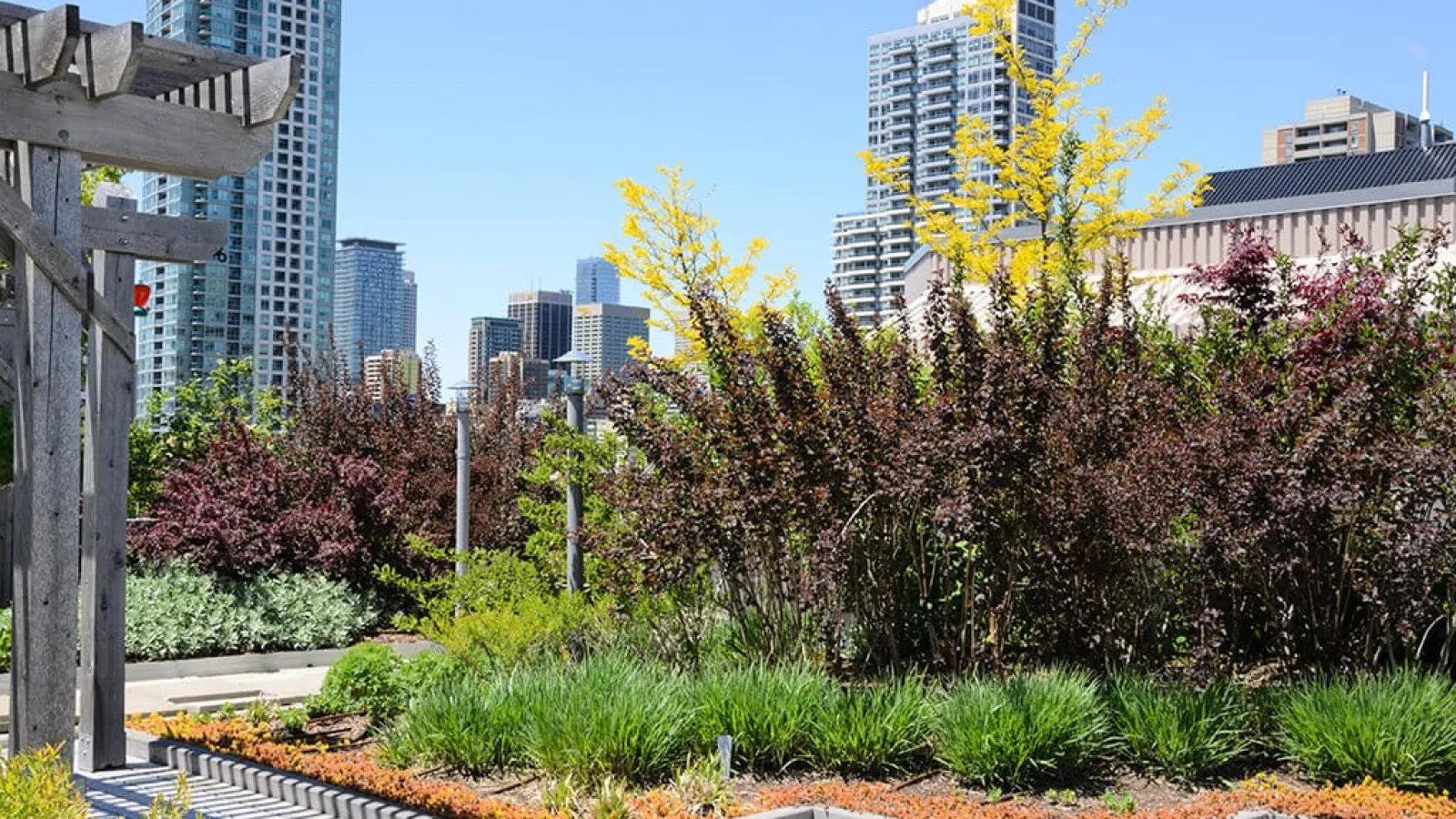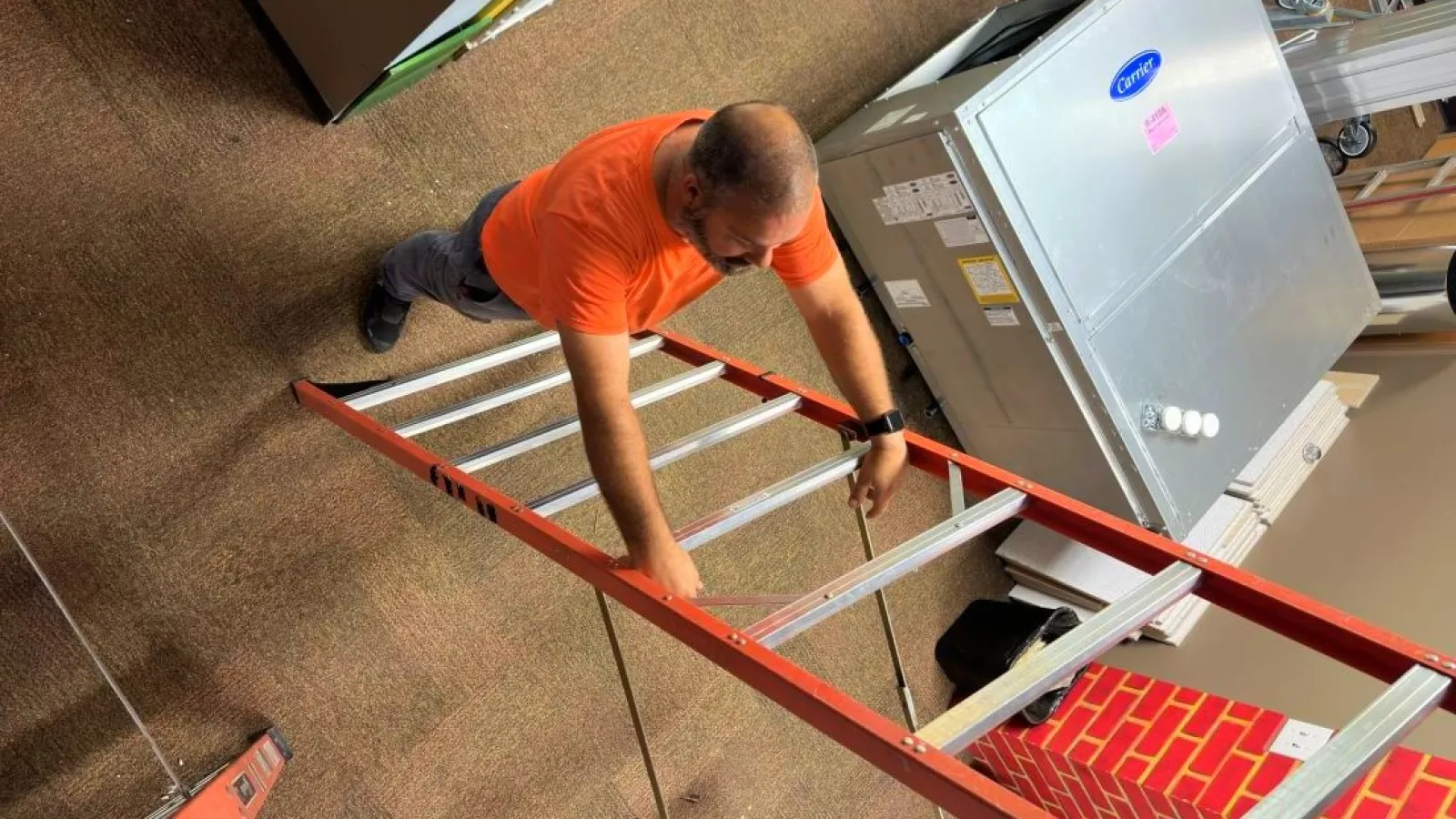High performance buildings are a growing trend in both new construction and retrofit improvements. These buildings lower energy consumption through the use of energy efficient HVAC and other systems, as well as features to lower water consumption, waste, and more.
HVAC greatly contributes to high performance buildings, as heating and cooling the highest consumer of energy in most commercial facilities. Learn about the smart HVAC improvements high performance buildings use and how they complement these systems for greater energy conservation.
HVAC in High Performance Buildings
According to the U.S. Energy Information Administration, 25 percent of a commercial building’s energy consumption is dedicated to space heating; 9 percent goes to cooling. Because these are national averages, it’s fair to assume in “Hot-lanta,” the cooling percentage is probably higher.
With the largest portion of a facility’s energy consumption dedicated to HVAC, high performance buildings use equipment designed to improve energy efficiency to make a big impact.
Some of the commercial HVAC technologies in play within high performance buildings include:
- Variable refrigerant flow systems
- Demand control ventilation
- Building Automation Systems
Variable refrigerant flow removes the middle man
Variable refrigerant flow (VRF) systems improve the energy efficiency of a facility’s HVAC system. Instead of using ductwork to move conditioned air into occupied spaces, VRF systems use a network of refrigerant-filled piping to deliver heating and cooling to the building’s interior spaces.
VRF systems offer ample opportunities for energy savings. Using a variable-speed compressor, these heat pump systems conserve energy with on-demand lower operational speeds.
Just like in your home, single-speed systems offer an all or nothing approach and while less expensive up front, cost more to operate and offer less comfort. Variable-speed systems make minor adjustments creating a more temperate environment, lower energy bills and fewer internal power surges.
VRFs also eliminate energy loss through ducts. VRFs pair with boilers, cooling towers, and geothermal ground loops to improve performance. For indoor comfort, they improve heat recovery between building zones and precision temperature control by zone.
Demand control ventilation regulates airflow
Proper ventilation is critical in high performance buildings both for indoor air quality and energy conservation. Demand control ventilation regulates the amount of outdoor air brought into a building based on building capacity.
Although a facility is rarely at total capacity, many buildings waste energy heating and cooling the excess volume of outdoor air. With demand control ventilation, managers base appropriate levels of outdoor air supplies on the building’s occupancy at any given time.
Building Automation Systems (BAS) give you ultimate control
One of the most popular methods to reduce energy consumption in commercial properties is the use of a Building Automation System, or BAS. You might be familiar with “smart home” devices. Imagine a smart home set up times ten.
BAS provides mobile access and data capture for nearly every system in a commercial building. Examples include security systems, exit/entry access, lighting, ventilation, air quality, heating and cooling. Estes Commercial frequently customizes these for customers. Use the data captured to prioritize building upgrades and adjust usage.
Reduced Heating and Cooling Loads in High Performance Buildings
Not only do high performance buildings use more energy efficient HVAC equipment, they reduce the heating and cooling loads to lessen the amount of energy needed. For example, proper glazing of the building’s façade gives a higher U-value. This lessens the amount of solar heat gain within the space which raises the building’s cooling load.
Some buildings use green roofs to reduce heating loads as well as provide excellent insulation for the building. Compared to conventional roofing, green roofs potentially save a facility approximately 0.7 percent on energy use.
They reduce peak electricity demand and commonly produce an annual savings of $0.23 per square foot of the roof’s surface. In addition to energy savings, green roof vegetation removes air pollutants and enhances stormwater management. Green roofing methods vary, often requiring little maintenance.
A green roof typically has multiple layers, illustrated in the figure below. Depending on the climate and building structure, these layers vary but this figure shows the most common.
 Image credit: EPA
Image credit: EPA
Another option is what’s known as a “cool roof.” These roofs employ a high solar reflectance, or albedo, to reflect sunlight and heat from the building. In warm and sunny climates, especially, high thermal emittance plays a big role. When high performance buildings pair these technologies, roofs stay up to 50 – 60 degrees Fahrenheit cooler than conventional roofing materials, (according to the EPA).
Create High Performance Buildings with Estes
Estes Commercial offers the HVAC technology high performance buildings need to improve energy efficiency and system performance. So let us match you with the right heating, cooling, and ventilation equipment and BAS to meet your energy efficiency goals.
We’re happy to help whether you’re planning a new construction build or you want to upgrade an existing structure. How may we serve you? Contact us today for a customized plan for your high performance building.


